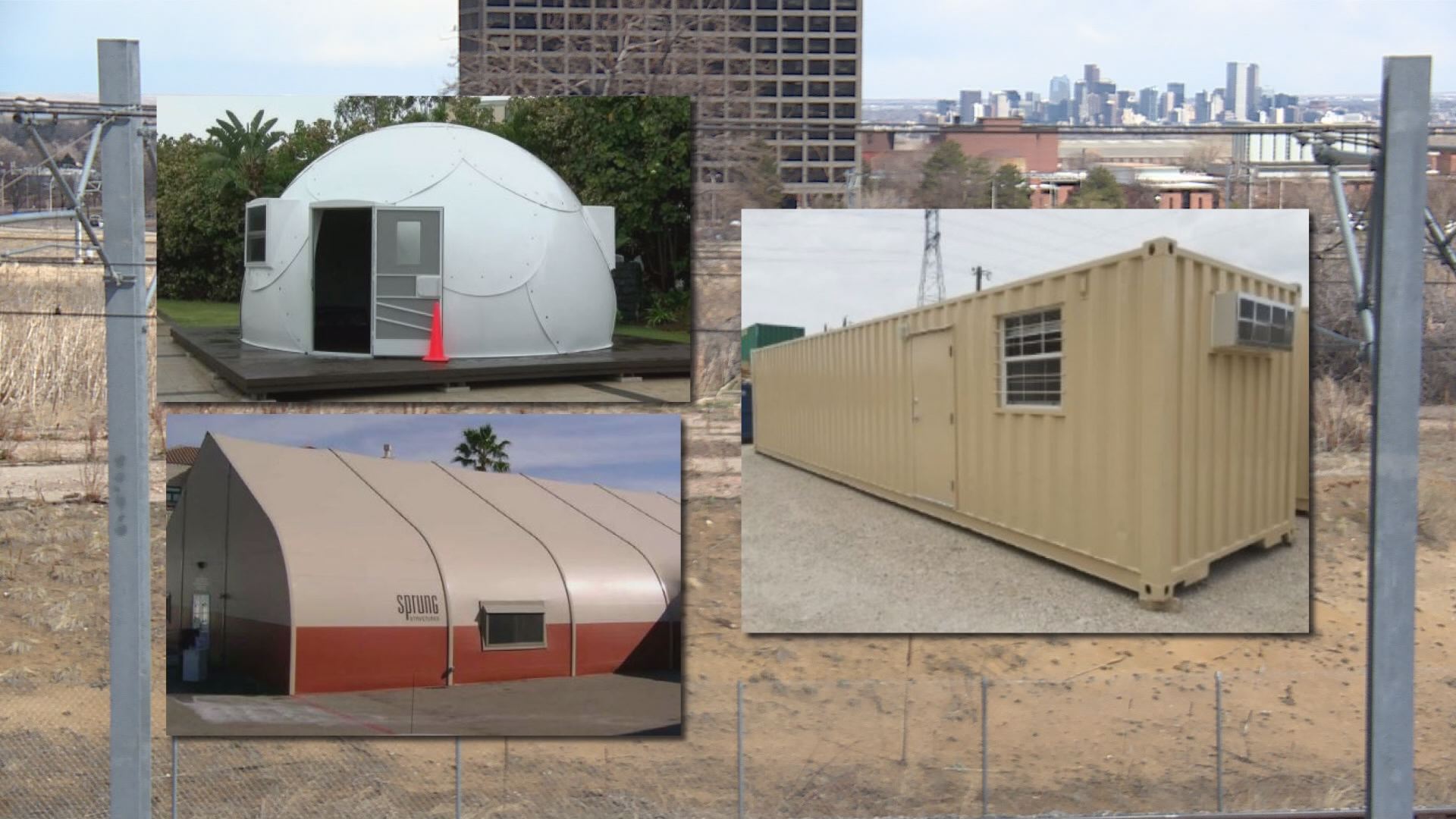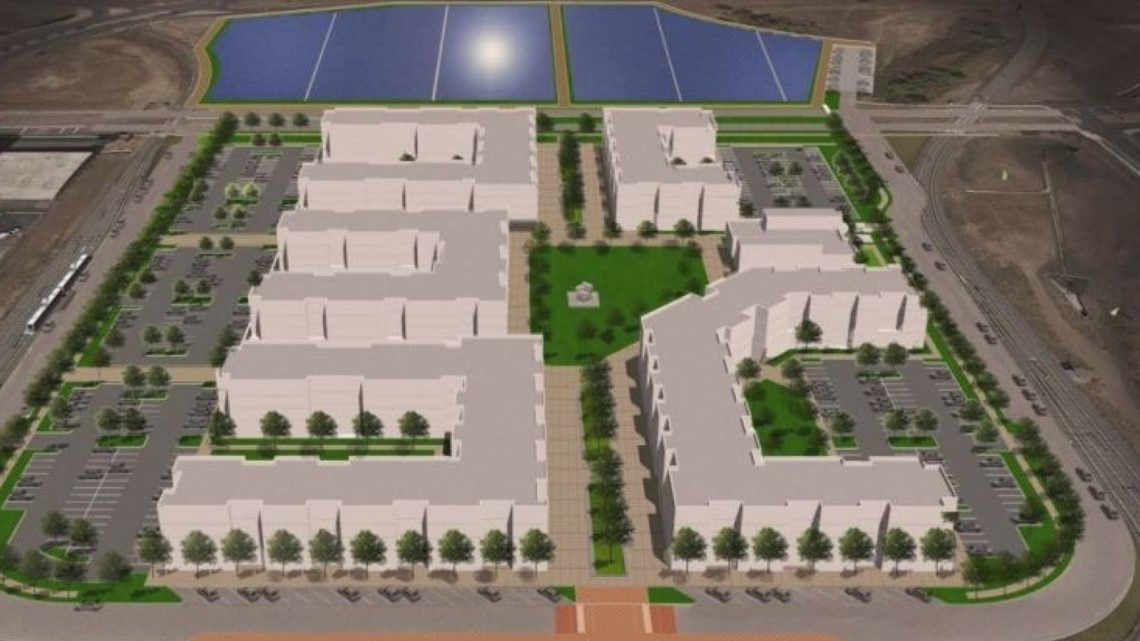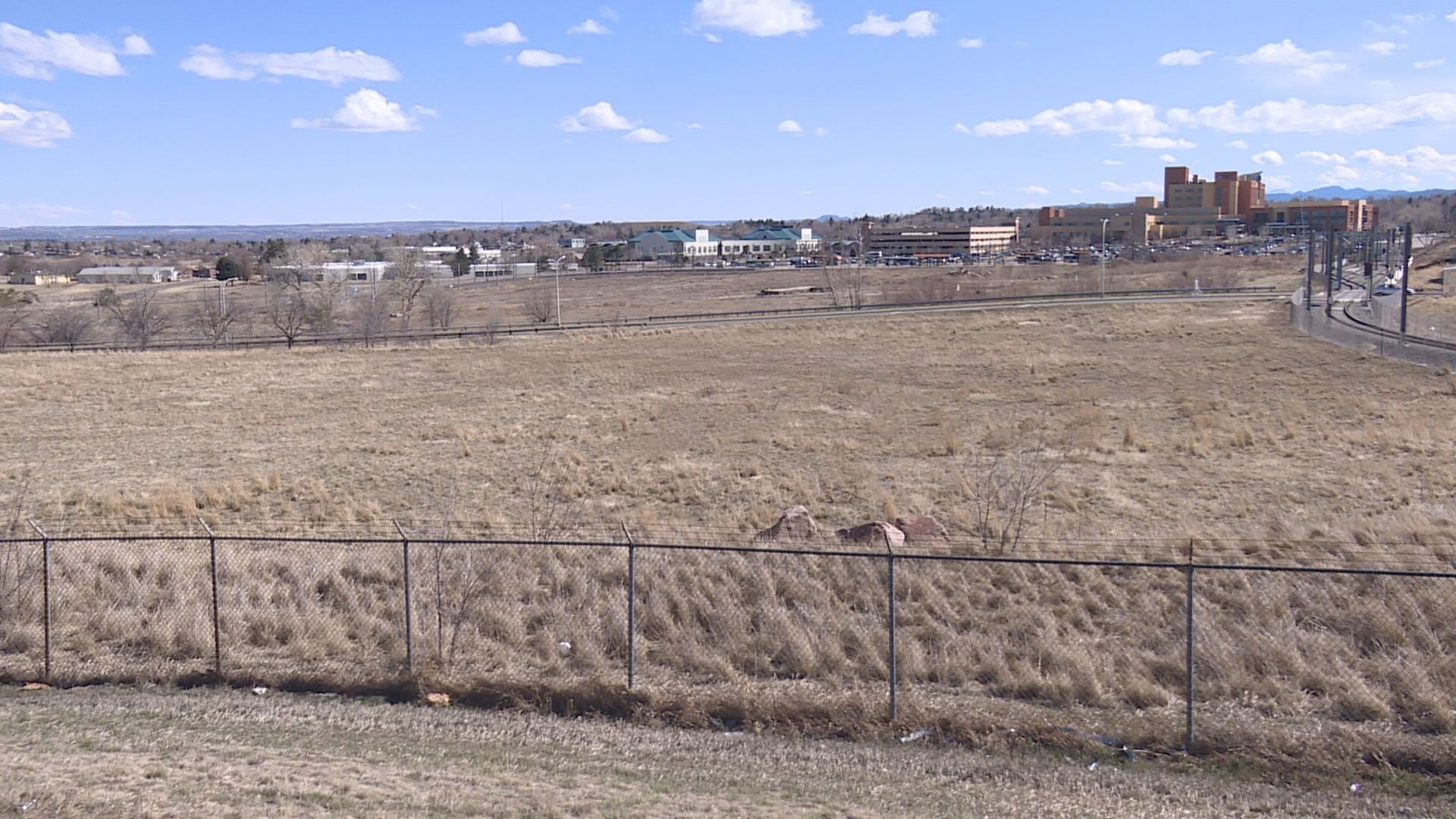A prime piece of real estate in Lakewood is a dump.
Kind of.
There is a debate over what's happening with 59 acres of Federal Center land just off Sixth Avenue and Union Boulevard.

Federal law requires the U.S. Department of Housing and Urban Development to get first dibs on federal surplus property. Title V of the McKinney-Vento Homeless Assistant Act allows organizations like the Colorado Coalition for the Homeless to use federal property that is no longer needed to help with homelessness.
Once it was announced that the Federal Center was shopping 59 acres, the Colorado Coalition for the Homeless wanted it, but was told the site was deemed "unsuitable" because 15 acres of the site are contaminated from hazardous materials. However, the city of Lakewood was considering a swap with the federal government to obtain the land and sell it to a developer.
Long story, short, the Colorado Coalition for the Homeless went to court to get the property. Two weeks ago, the organization had to submit proof of how it will pay for the deal before the government approves the sale.
"They want to basically see how we're going to pay for operating and building the structures on the site," said Colorado Coalition for the Homeless President John Parvensky.
The Coalition's plan is two phases:
Phase One: Enter into a 20-year lease, building temporary structures (tents and modular units) with 250 beds for homeless needs

Phase Two: Own the land through a deed transfer, construct five permanent buildings with 500-600 units
"Depending on the size of the families, those 500-600 units would house about 1,000 people," said Parvensky.
There are some caveats with the plan.
If the Coalition is allowed to lease the land for phase one, it will need to use temporary housing because of time constraints.
"We need to put it into service within a three-year period or else we will not meet their requirements," said Parvensky.
That's why there has to be a temporary housing phase.
"To build the long-term use that we have proposed will take much longer than the three years," said Parvensky.
Under the terms of the lease, the temporary tent-city could exist for 20 years.
"People say that we're wanting to create a tent city out at the Federal Center and that certainly is not our intent," said Parvensky.
Phase two is to construct five permanent buildings. If that were to happen after the Coalition has the deed to the property, the buildings would have to comply with city of Lakewood codes.


"We would expect about a two-year process to be able to get approvals at every stage of the level that's required for that phase two development," said Parvensky. "Since we're building five different buildings, typically it would take us about five years to complete that after permitting."
"It's an antiquated model to just isolate a single population and segregate them," said Lakewood Mayor Adam Paul.
"Every time they hear the Colorado Coalition for the Homeless is building in their neighborhood, it evokes a very strong reaction," said Parvensky.
The city of Lakewood almost had ownership of the land, which would have been allowed ahead of the Coalition as long as it went from government to government.
"We were doing this negotiated trade, where we were going to build the federal government two new laboratories to keep the dollars here in Lakewood, they were going to give us the 59 acres and then we were going to sell it to a master developer and they were going to build it out like Lowry or Stapleton in phases," said Paul.
"We are embarking on a conversation with the city and the federal government, to come up with an alternate plan that would allow a more inclusive community that would bring other amenities like retail and offices that would serve the broader needs of the community, while still meeting the emergency and long-term housing and service needs of homeless families and individuals in Lakewood," said Parvensky.
Which brings us back to the "unsuitable" and contaminated part of the site.
Of the 59 acres, 15 of them are contaminated from burning trash in the 1940s and from dirt brought to the site from other areas that contained asbestos. The contaminated soil is covered with clean soil and capped.

According to the Colorado Department of Public Health and Environment, you're OK as long as you don't dig more than a foot into the contaminated soil and touch, breathe or eat that soil.
"The environmental issues are no greater with our ownership and use than they would be as they currently exist," said Parvensky. "If any development occurs in the northern 15 acres of the site, the existing soil would have to be relocated to a certified dump site. We're proposing to build a solar array; a collection farm, to provide power."
That would not require digging into the dirt or moving it, thus it would be OK by state standards, as long as the Coalition monitored the site to make sure it isn't compromised by burrowing animals, erosion or vandalism.
"As long as the cap remains unbroken, the asbestos that's in the landfill is contained and does not represent any concern to anyone surrounding that area," said Parvensky.
Just south of this site is where Saint Anthony's Hospital built a new campus. That project had similar issues with contaminated soil.
According to the state health department, Medical Plaza Three, at the corner of Alameda Avenue and Routt Street was just constructed on a lot that had similar, if not more severe contamination issues. That building was constructed following state guidelines. According to the state health department, there is a three-foot cap between the foundation of the building and the contaminated soil.

